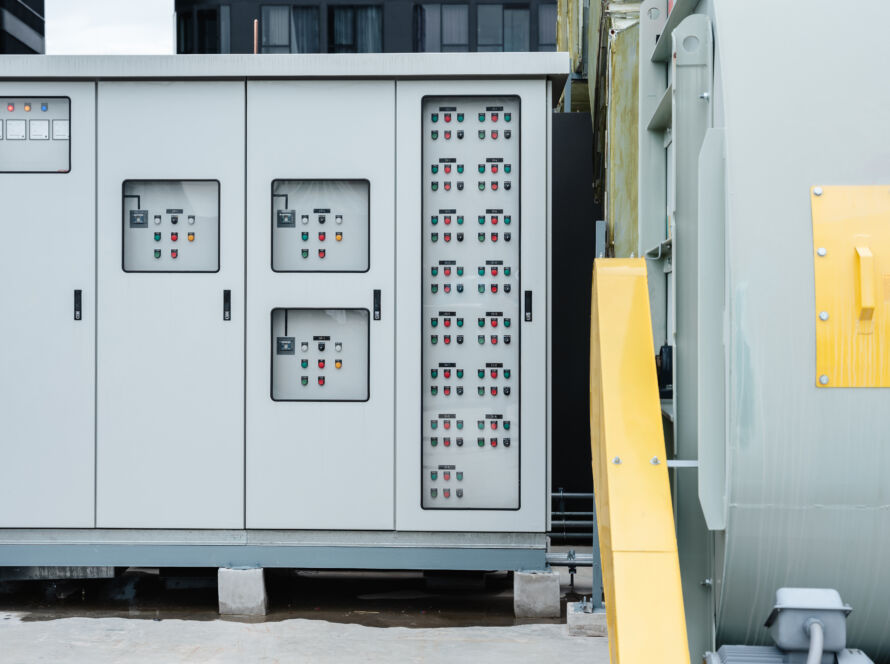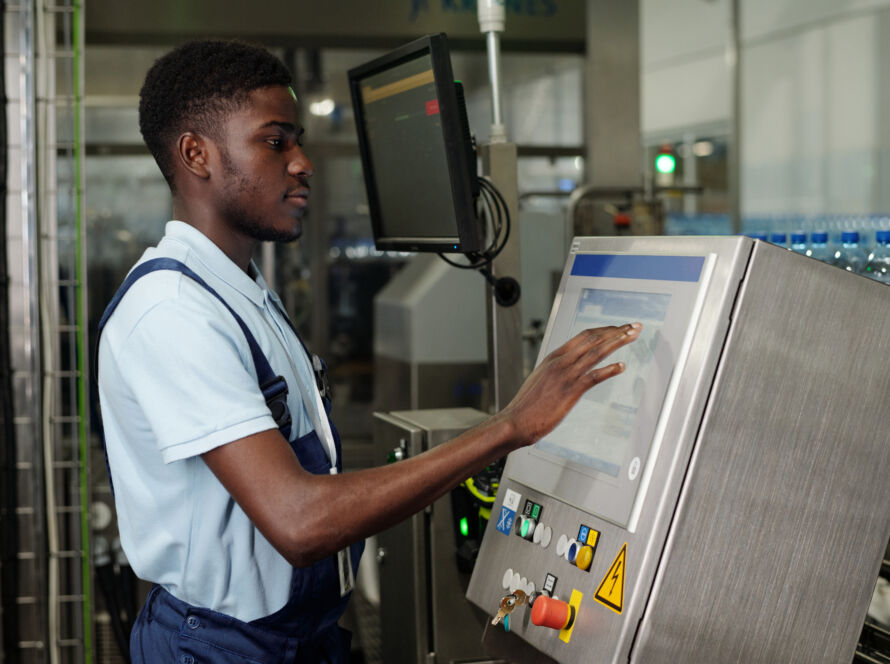Introduction
Every electrical installation requires reliable protection, and NEMA rated electrical enclosures provide exactly that. These enclosures are designed to shield sensitive electrical equipment and control systems from dust, moisture, oil, and other environmental factors. For manufacturers, utilities, and contractors, understanding NEMA standards is crucial before investing in new or bulk electrical enclosures.
This guide explains the degree of protection offered by different NEMA enclosure ratings, highlights their safety requirements, and outlines what buyers should know about materials, indoor applications, and outdoor environments.
What is a NEMA Rated Electrical Enclosure?
The National Electrical Manufacturers Association (NEMA) developed a set of NEMA enclosure ratings to classify how enclosures protect electrical components against foreign objects, water ingress, and corrosion.
A NEMA rated enclosure tells buyers how well the product stands up to challenges like windblown dust, hose-directed water, or corrosion resistance. Unlike IP codes, NEMA classifications also cover performance in hazardous locations and against oils and ice, making them essential for North American control panels and junction boxes.
Why NEMA Ratings Matter
Selecting the right NEMA rated electrical enclosures ensures:
- Compliance with safety requirements and industry standards.
- Long-lasting protection for steel enclosures, fiberglass, or polycarbonate models.
- Reduced downtime by keeping control systems secure.
- Confidence that the degree of protection meets the intended environment.
For inspectors, insurers, and engineers, a proper NEMA Type enclosure is proof of quality assurance and compliance with NEMA standards.
Common NEMA Ratings and Their Applications
Here are the most widely used NEMA enclosure ratings and where they apply:
- NEMA 1 – For indoor applications, offering basic protection against contact and light dust.
- NEMA 3R – For outdoor environments, resists rain, sleet, and windblown dust.
- NEMA 4 / NEMA 4X enclosures – Protect against hose-directed water, corrosion, and washdowns, common in food and beverage or marine use.
- NEMA 6 / NEMA 6P – Designed for submersion, preventing water ingress in hazardous locations.
- NEMA 12 – Dust-tight enclosures for factories, protecting electrical equipment from oil drips and lint.
- NEMA 13 – Oil-tight, suitable for junction boxes and shop-floor machinery.
From standard electrical enclosures in warehouses to corrosion-resistant stainless steel NEMA 4X enclosures, each rating addresses specific environmental factors.
Factors to Consider Before Buying a NEMA Enclosure
When choosing a NEMA rated enclosure, buyers should evaluate:
- Indoor applications vs. outdoor environments – Ensure the NEMA Type matches exposure conditions.
- Material choice – Steel enclosures, stainless steel, fiberglass, or polycarbonate, depending on corrosion resistance needs.
- Size and scalability – Must fit existing electrical control panels with room for expansion.
- Hazardous locations – Confirm suitability for classified sites.
- Wireways and junction boxes – Ensure compatibility with existing wireway supply and bulk electrical enclosure systems.
The right selection balances cost with durability, making sure the degree of protection aligns with both safety requirements and long-term performance.
NEMA Enclosures vs. Alternatives
Some industries compare NEMA enclosure ratings to IP codes. The key distinction is that:
- IP ratings cover only dust and water.
- NEMA enclosure ratings address additional environmental factors such as oil, corrosion, ice, and hazardous locations.
For outdoor environments in North America, NEMA standards are often required by code, making them the safer choice for electrical control panels and junction boxes.
Where to Buy NEMA Rated Enclosures
Reliable sourcing is critical for compliance and cost savings. Buyers should consider:
- Trusted electrical enclosure supply companies with UL or CSA certifications.
- Vendors offering both standard electrical enclosures and custom builds.
- Distributors who can also provide wireways, junction boxes, and wireway supply for full-system solutions.
- Bulk purchasing options for bulk electrical enclosures to reduce lead times and costs.
- Support for installation in indoor applications and outdoor environments.
Working with an authorized partner ensures that NEMA rated electrical enclosures meet both safety requirements and project deadlines.
Conclusion
NEMA Rated Electrical Enclosures: What You Need to Know Before Buying comes down to three essentials: understanding NEMA standards, matching the degree of protection to your environment, and sourcing from trusted electrical enclosure supply chains.
From NEMA 1 for simple indoor applications to NEMA 6P for harsh outdoor environments, and from junction boxes to full electrical control panels, these enclosures ensure compliance, durability, and quality assurance.
By considering corrosion resistance, hazardous locations, and compatibility with wireways and bulk electrical enclosures, buyers can make informed decisions that protect their electrical equipment and meet safety requirements for years to come.



